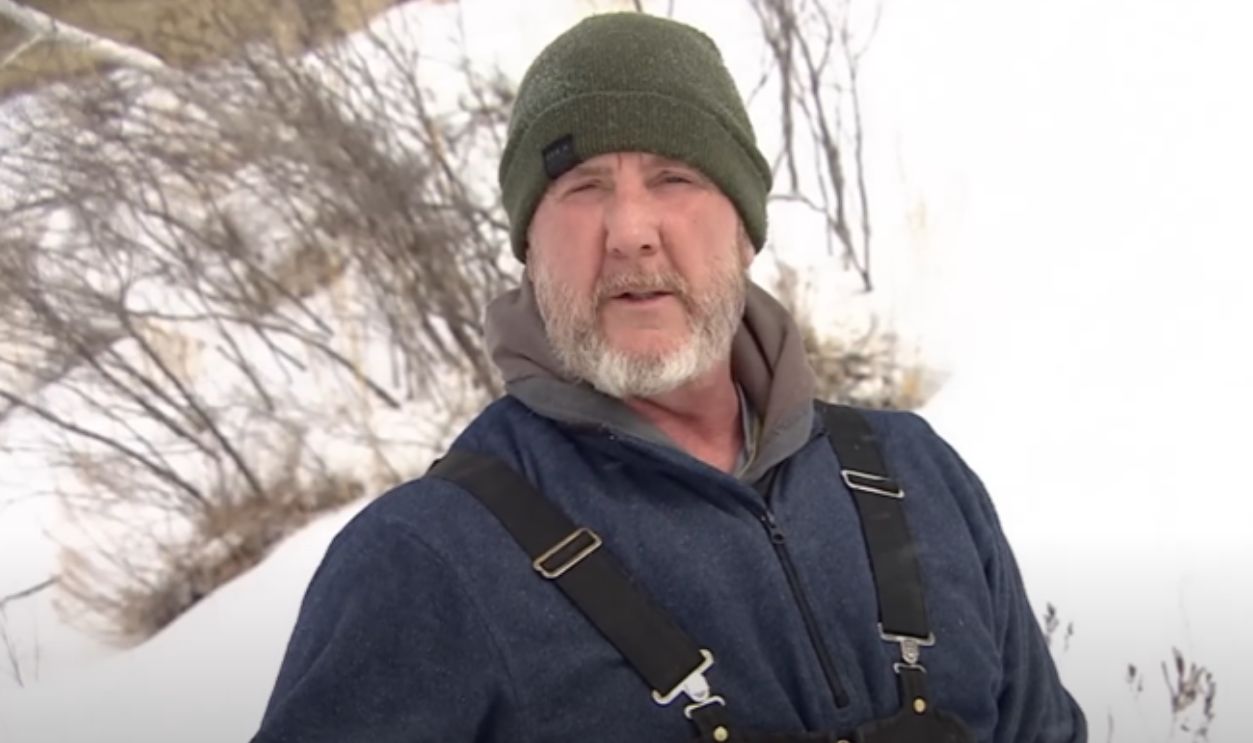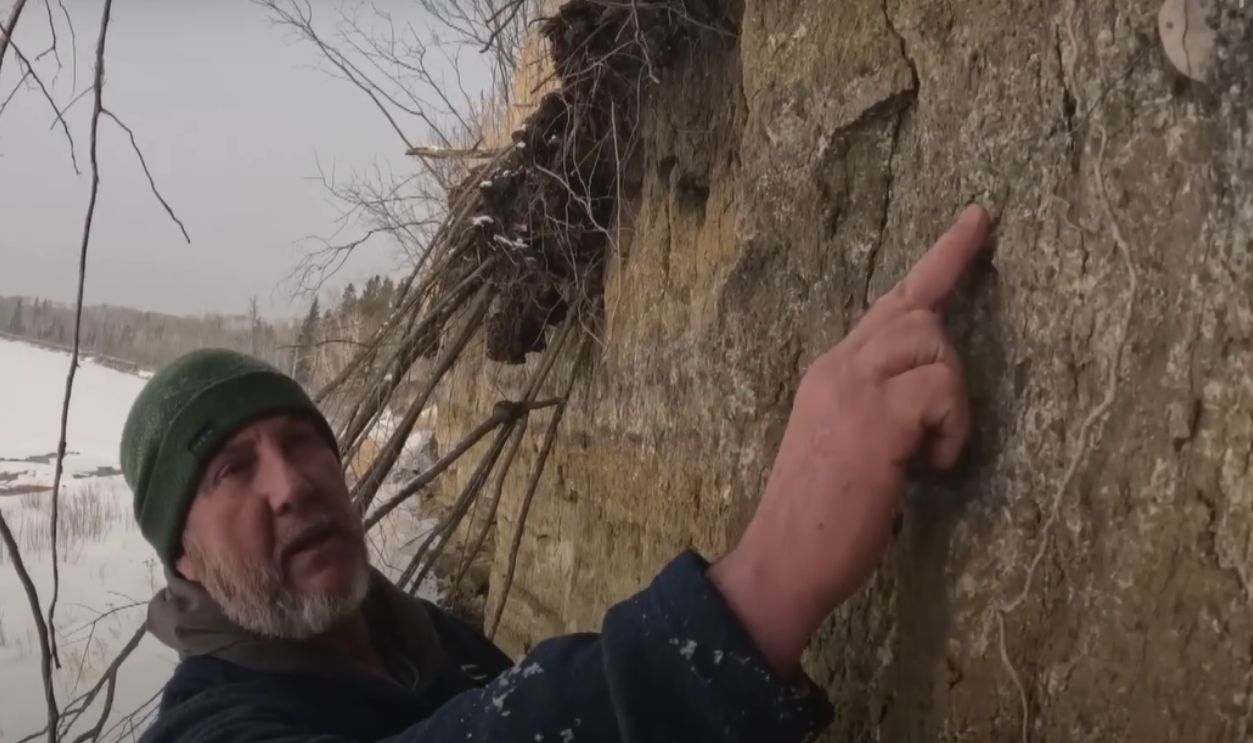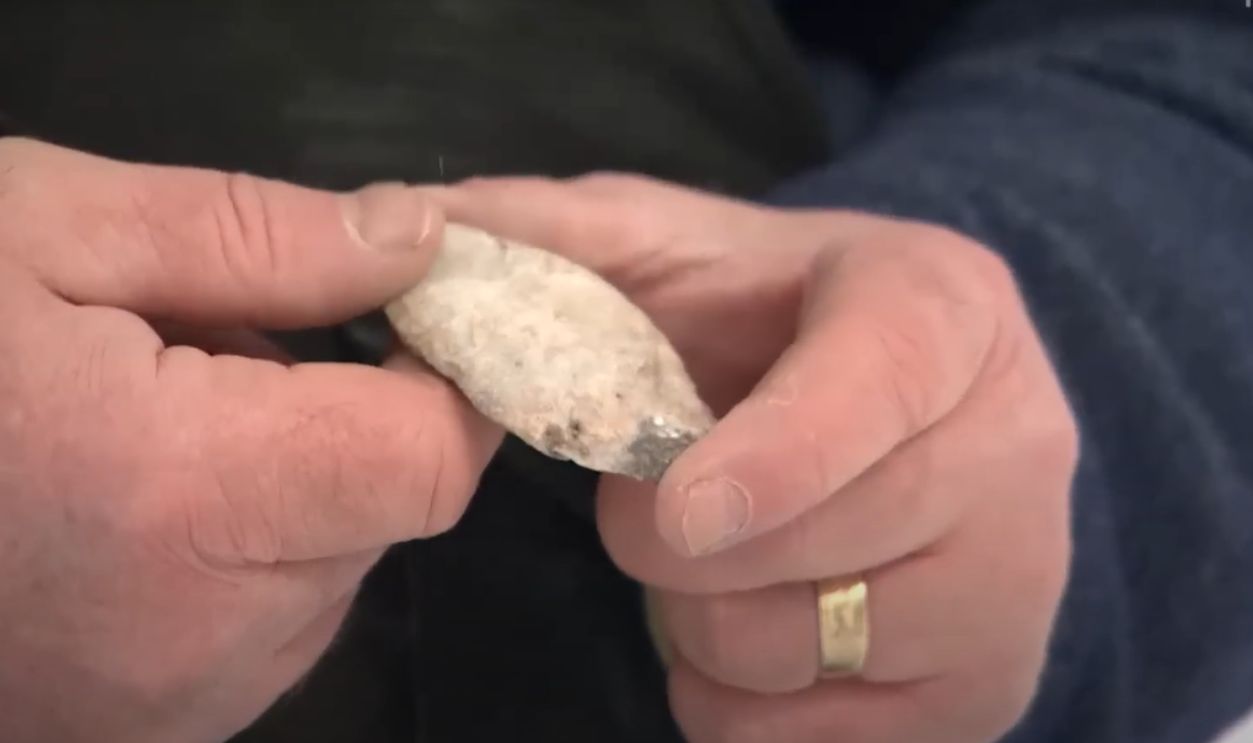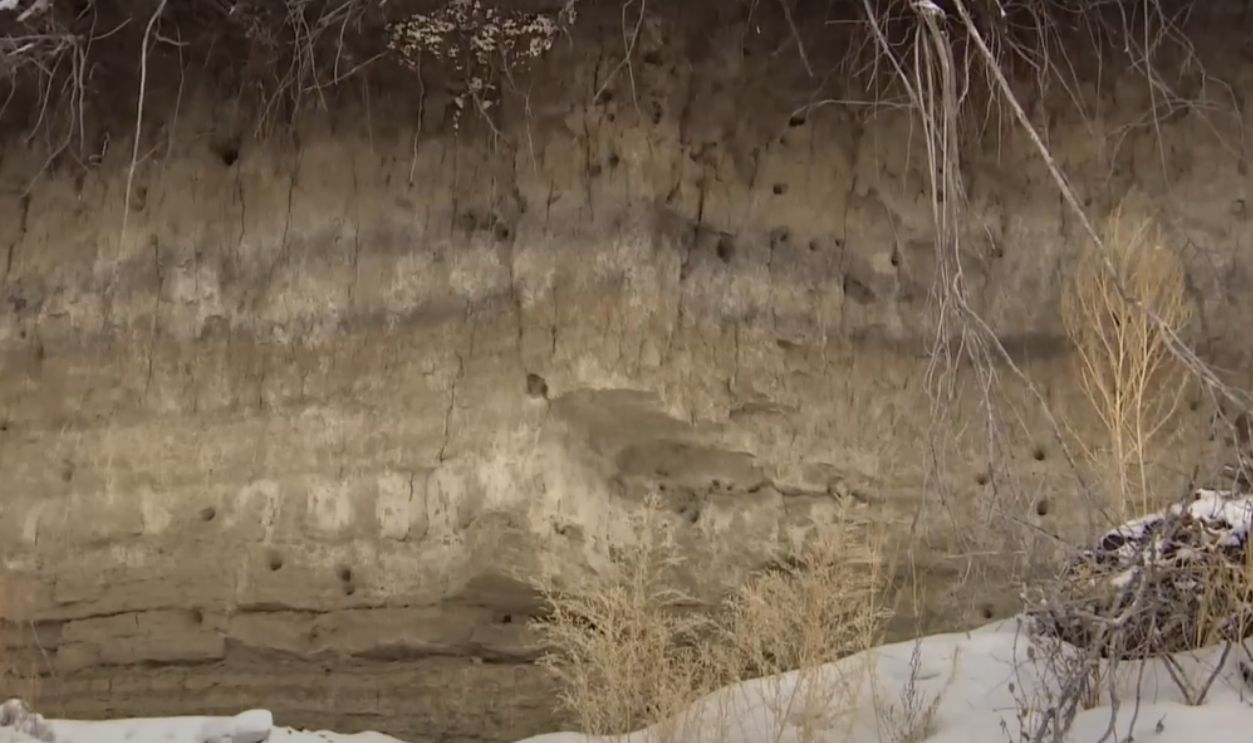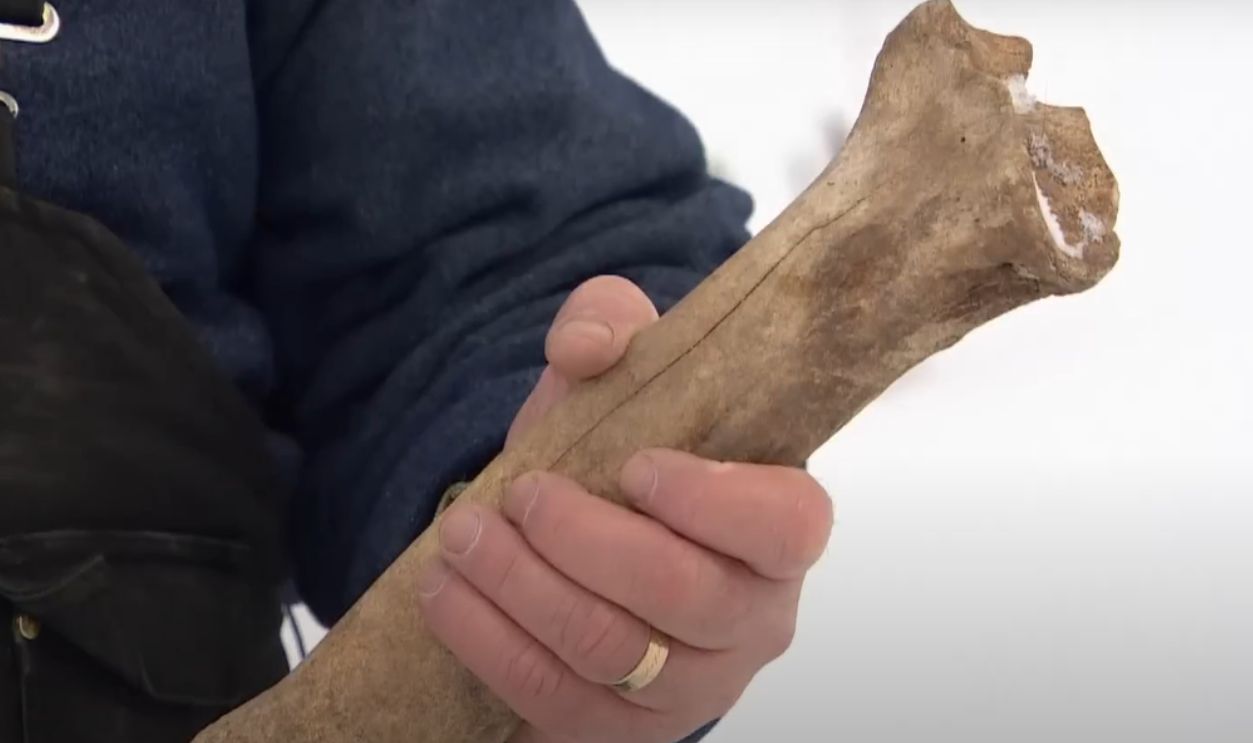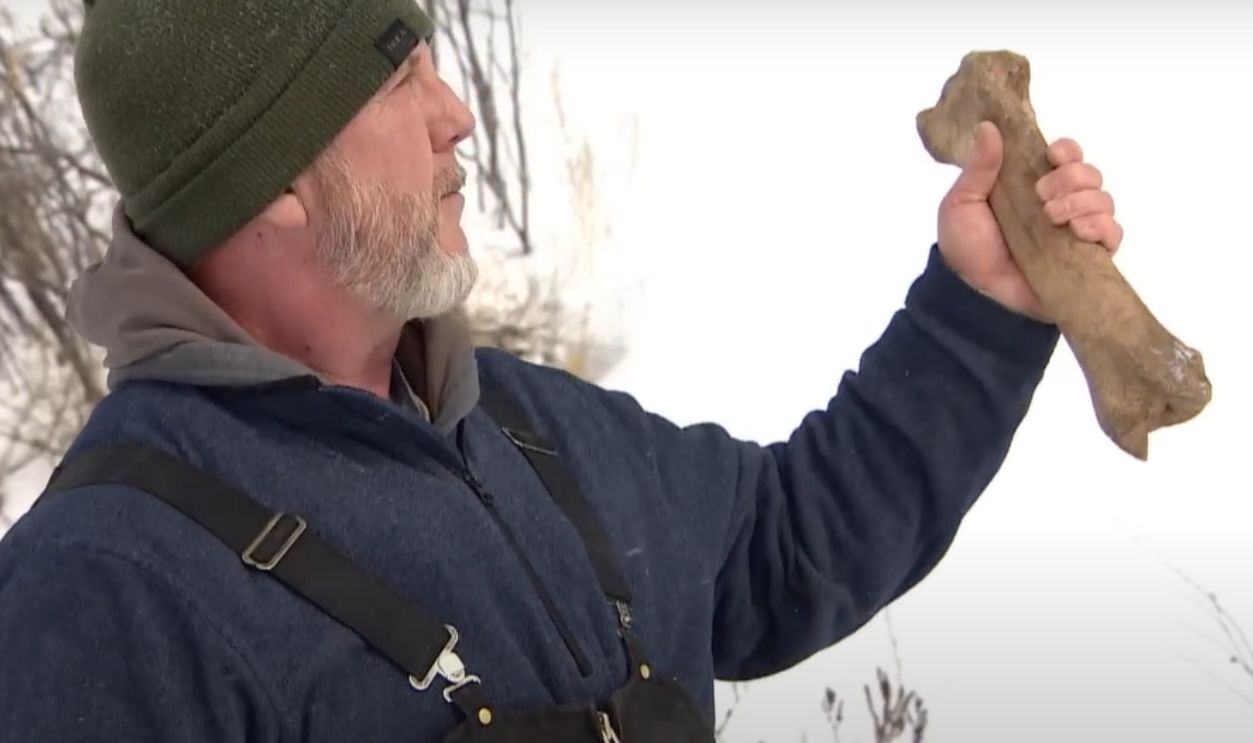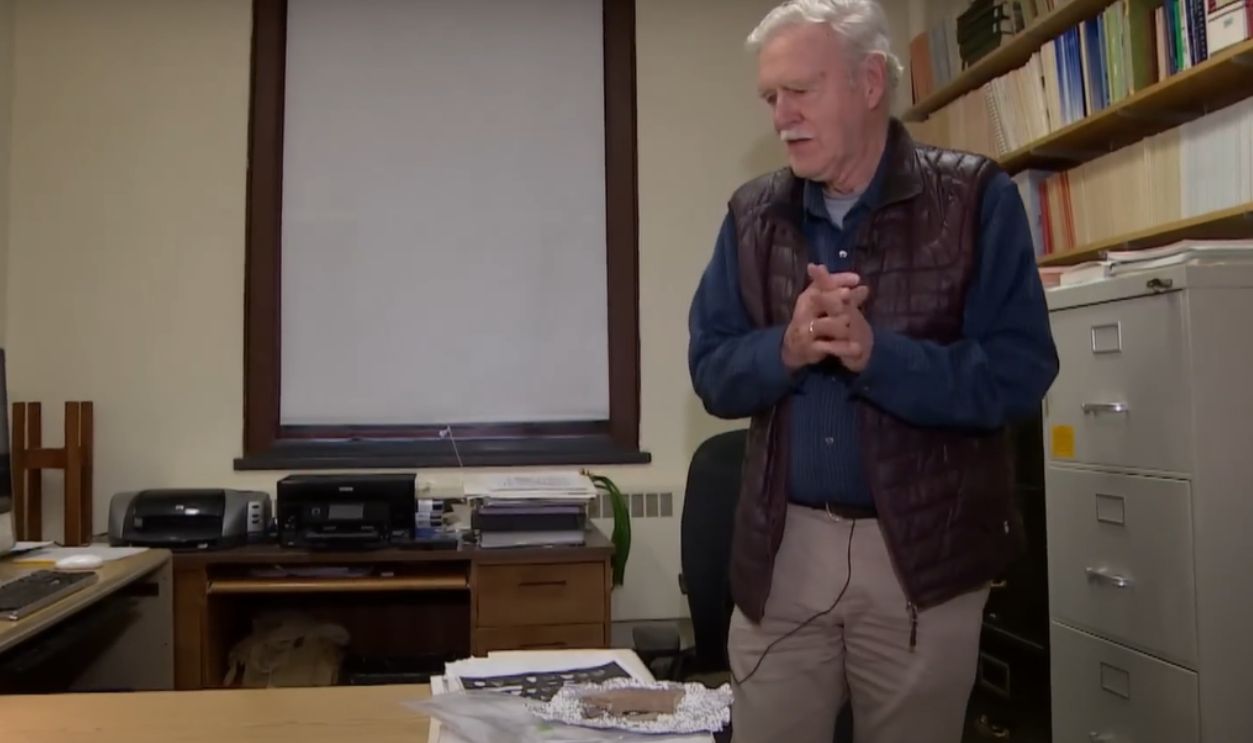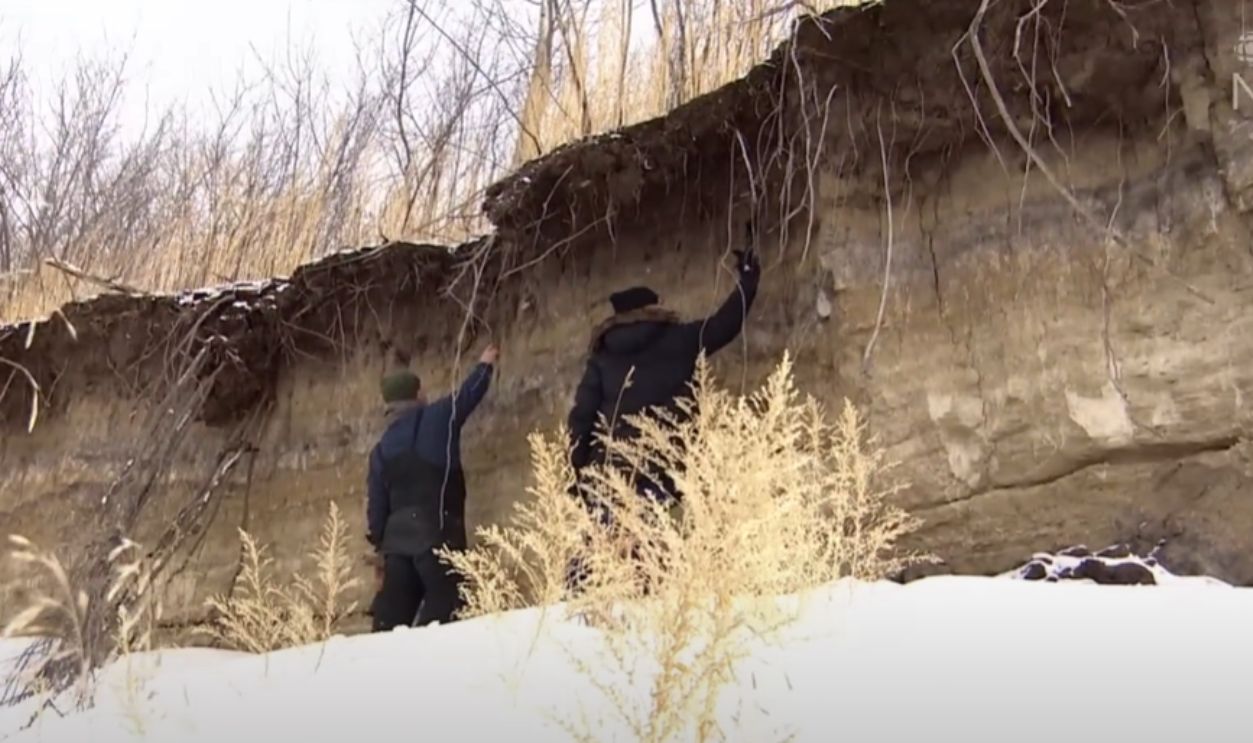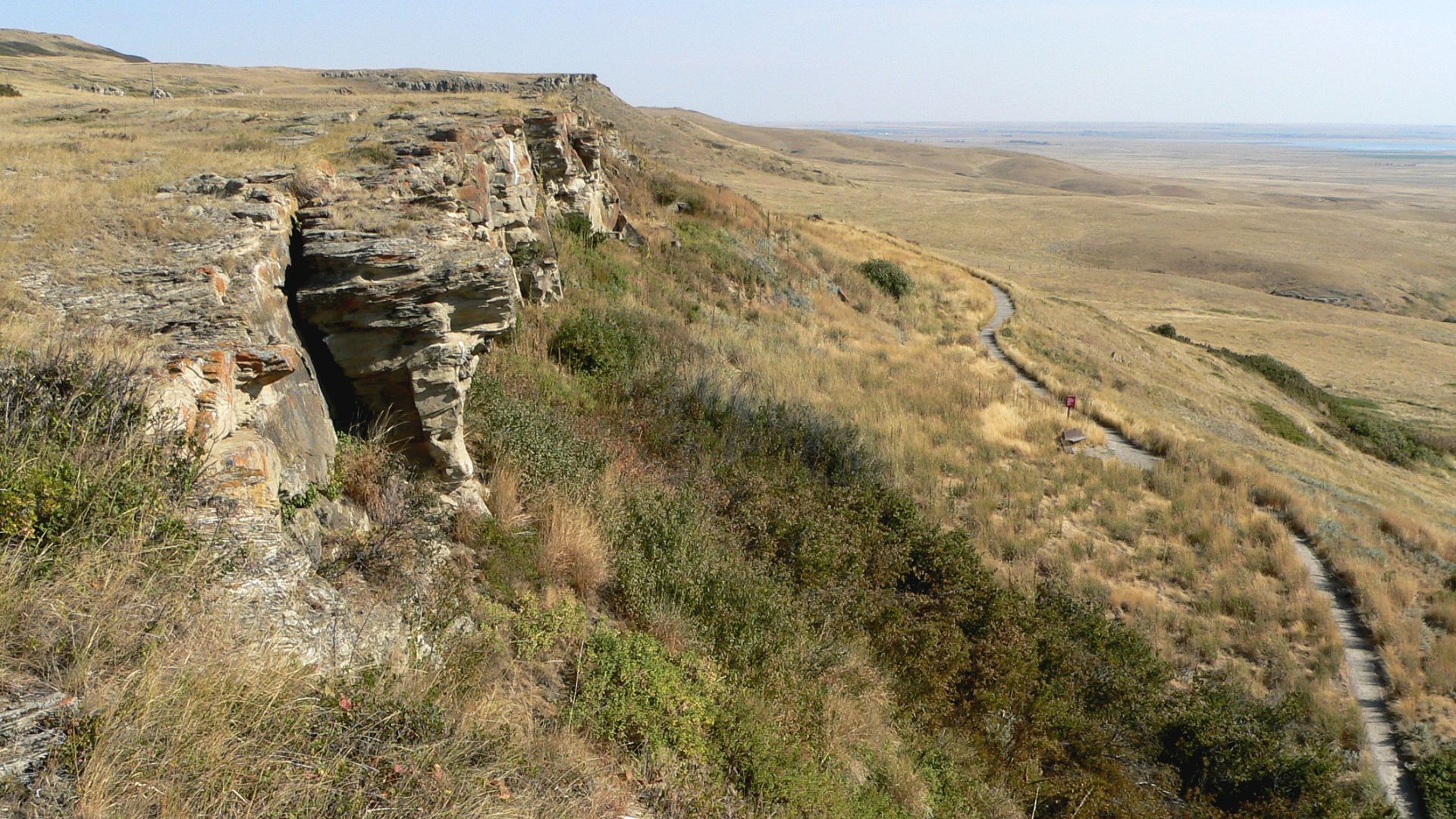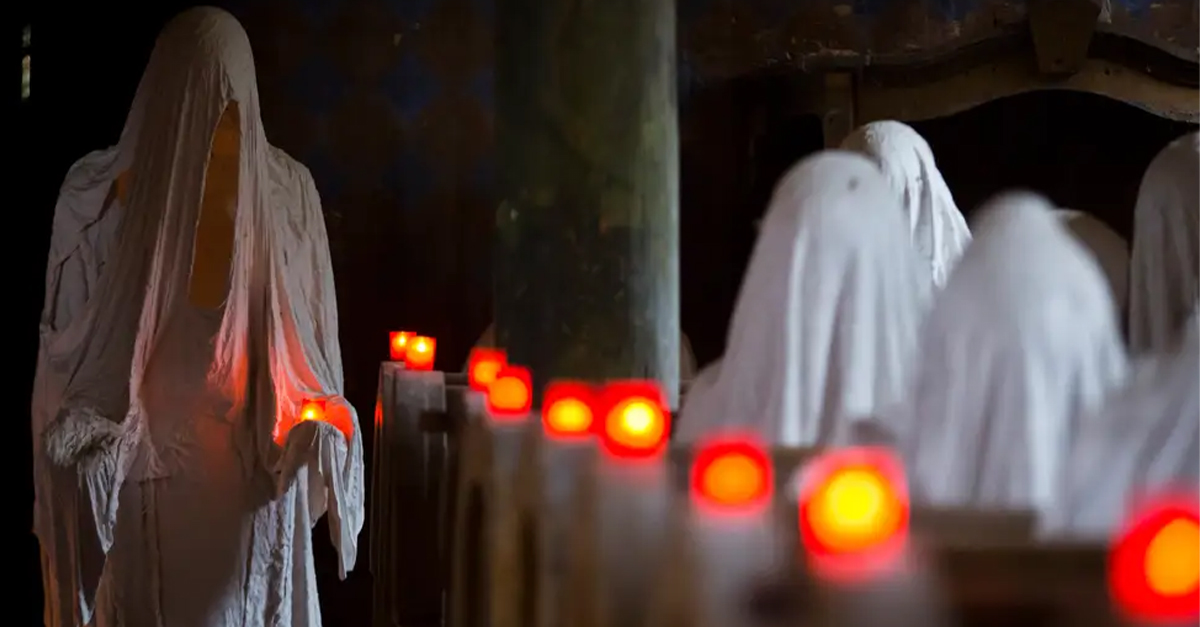Digging Into The Past: A Riverbank Surprise
Archaeologists and local Indigenous partners uncovered an astonishing 11,000-year-old village along the North Saskatchewan River, near Sturgeon Lake First Nation—turning a simple erosion reveal into a groundbreaking discovery.
Âsowanânihk – A Place To Cross Time
Named in Cree as “Âsowanânihk,” meaning “A Place to Cross,” the site honors ancestral pathways and cultural markers grounded in oral tradition.
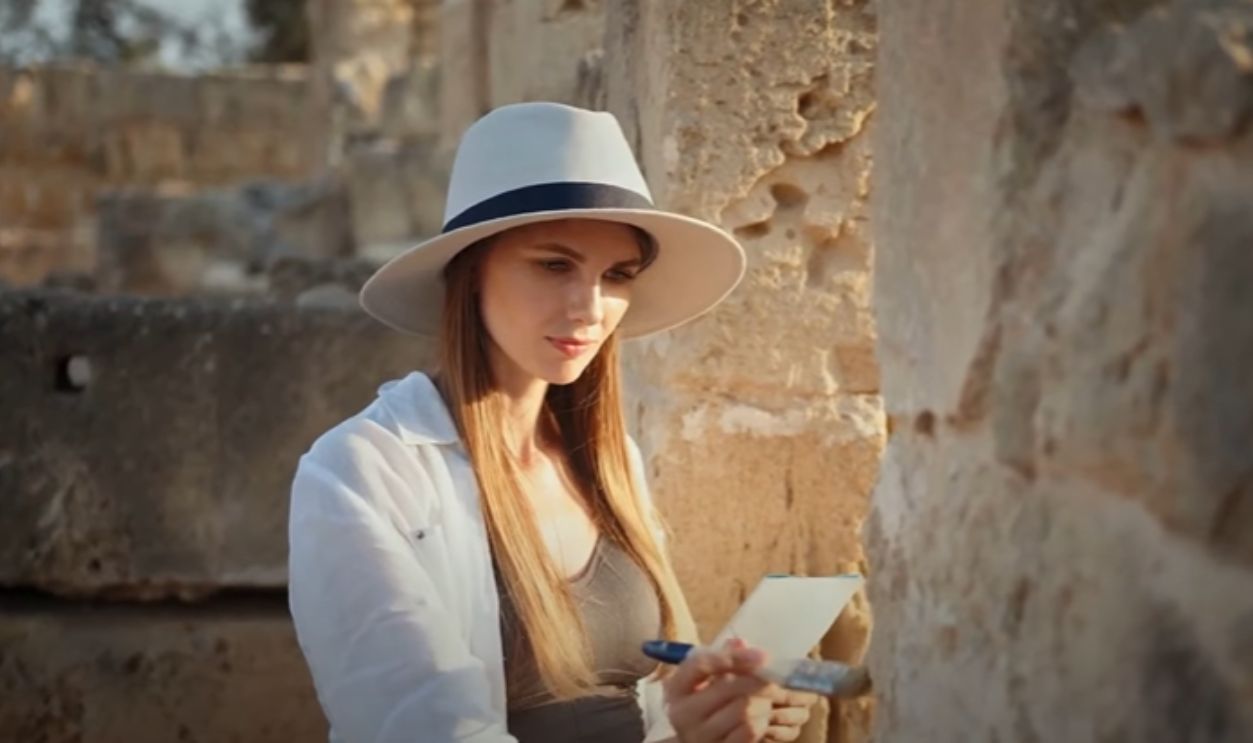 11,000-year-old settlement in Canada rewrites history, SecNewsTV
11,000-year-old settlement in Canada rewrites history, SecNewsTV
Meet The Accidental Indiana Jones
Dave Rondeau, an amateur archaeologist, first spotted artifacts exposed by riverbank erosion in the spring of 2023.
Archaeology VS Amateur Enthusiasm: Winning Combo!
After Rondeau’s discovery, experts from the University of Saskatchewan and the University of Calgary joined forces to excavate the site.
Fire Pits & Stone Tools – Home Sweet Home
Excavations revealed hearth structures, stone tools, and lithic debris—evidence pointing to an organized settlement, not just a hunting stop.
Charcoal Clues From 10,700 Years Ago
Radiocarbon analysis of charcoal from hearths dated the occupation to approximately 10,700 years ago (just after the last Ice Age).
Nomads? Nope!
Glenn Stuart explained that these findings challenge outdated views of early Indigenous groups as always nomadic—they practiced settlement and fire stewardship long before the settlement timelines first proposed by anthropologists.
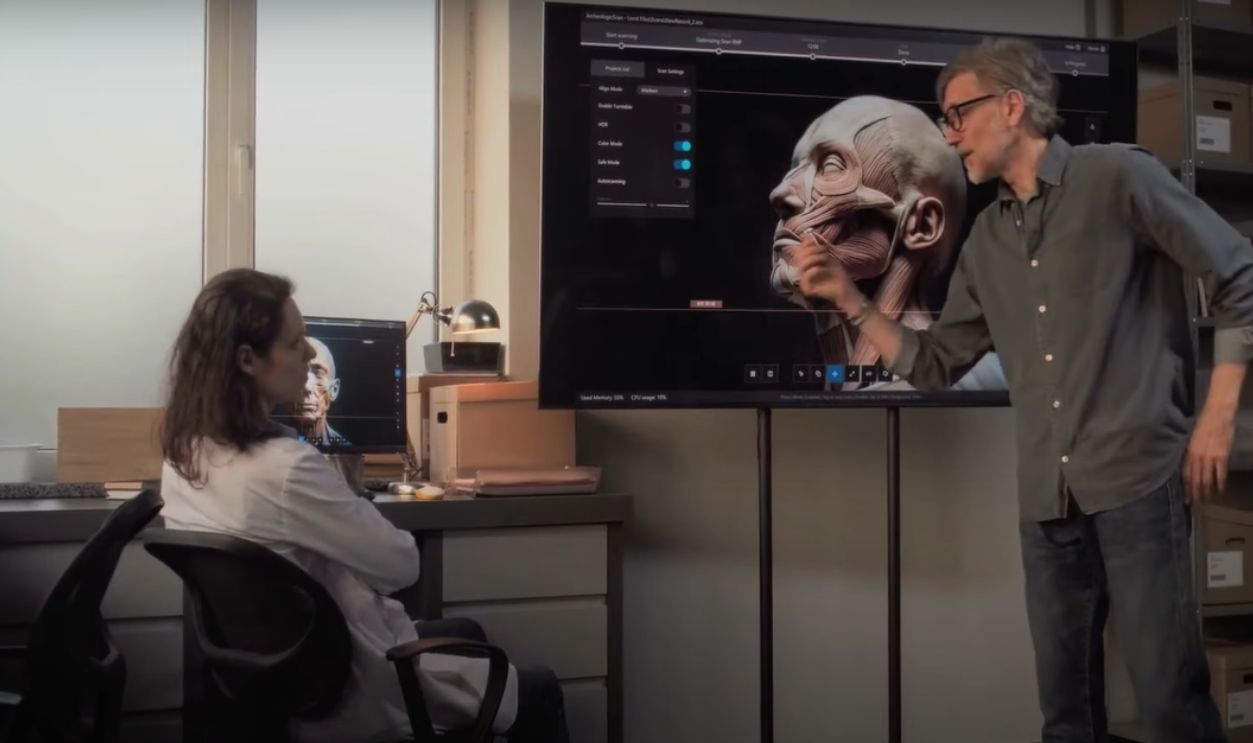 11,000-year-old settlement in Canada rewrites history, SecNewsTV
11,000-year-old settlement in Canada rewrites history, SecNewsTV
Buffalo, But Not Bison Antiquus?
Excavations uncovered bones of the extinct Bison antiquus—massive creatures weighing up to 2,000 kg (4,409 pounds)—confirming the hunters’ prowess.
Buffalo Jumps Or Community Camp?
Rather than temporary buffalo jump sites, this location functioned as a hub for repeated living and harvesting, possibly across generations.
Rewriting The Bering Strait Story
These physical remains support Indigenous oral traditions, challenging the single wave Beringia crossing model and hinting at multiple or coastal migrations.
Standing Proud Among Ancient World Wonders
Experts compare Âsowanânihk to iconic sites like Stonehenge, Göbekli Tepe, and the pyramids. It's an incredible example of a major, early organized North American settlement.
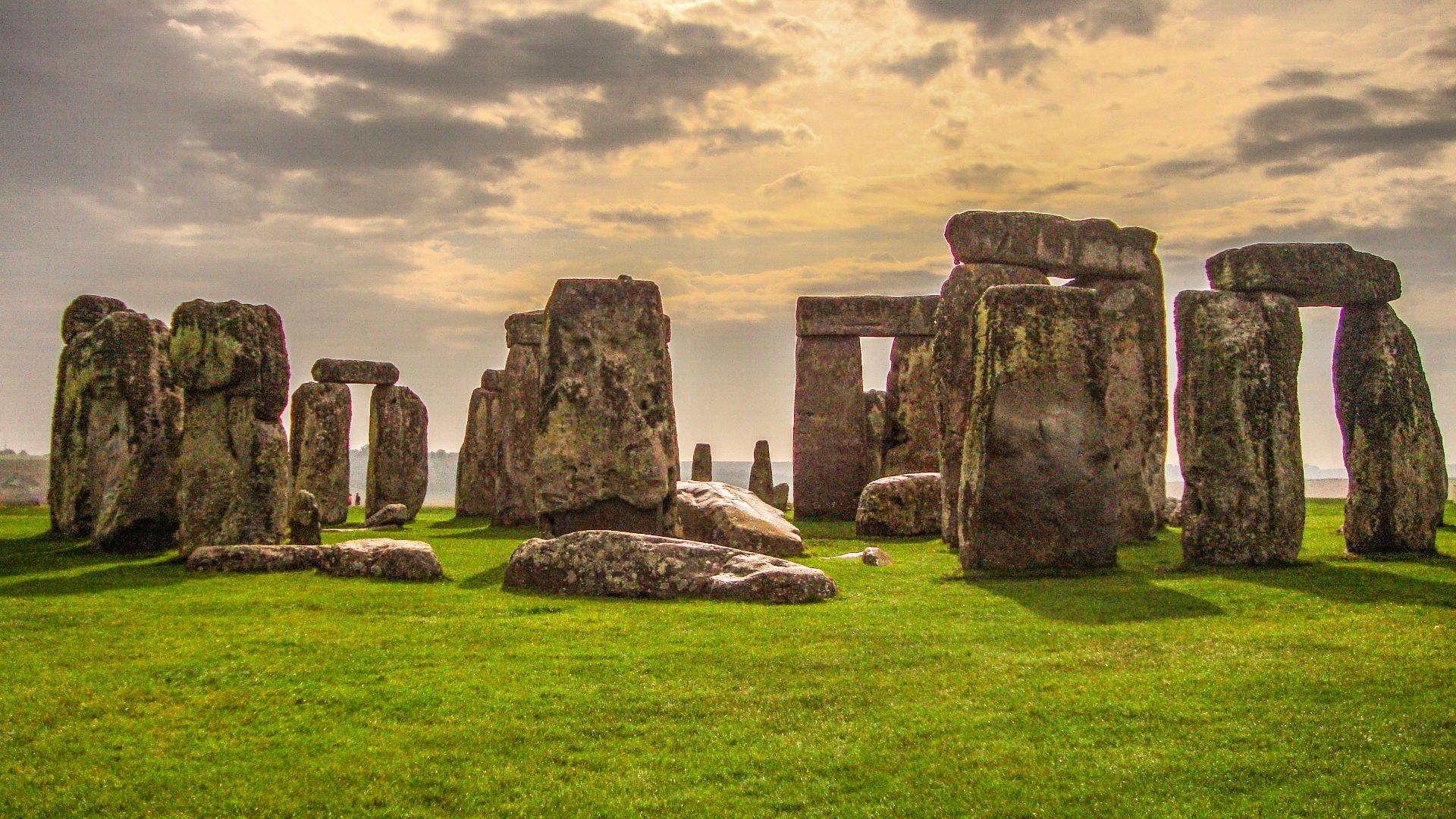 Udit Kapoor, Wikimedia Commons
Udit Kapoor, Wikimedia Commons
Oral History Confirmed—Physically!
Cree and other First Nations oral histories long spoke of early hunting and settlement; this dig gives those traditions tangible support.
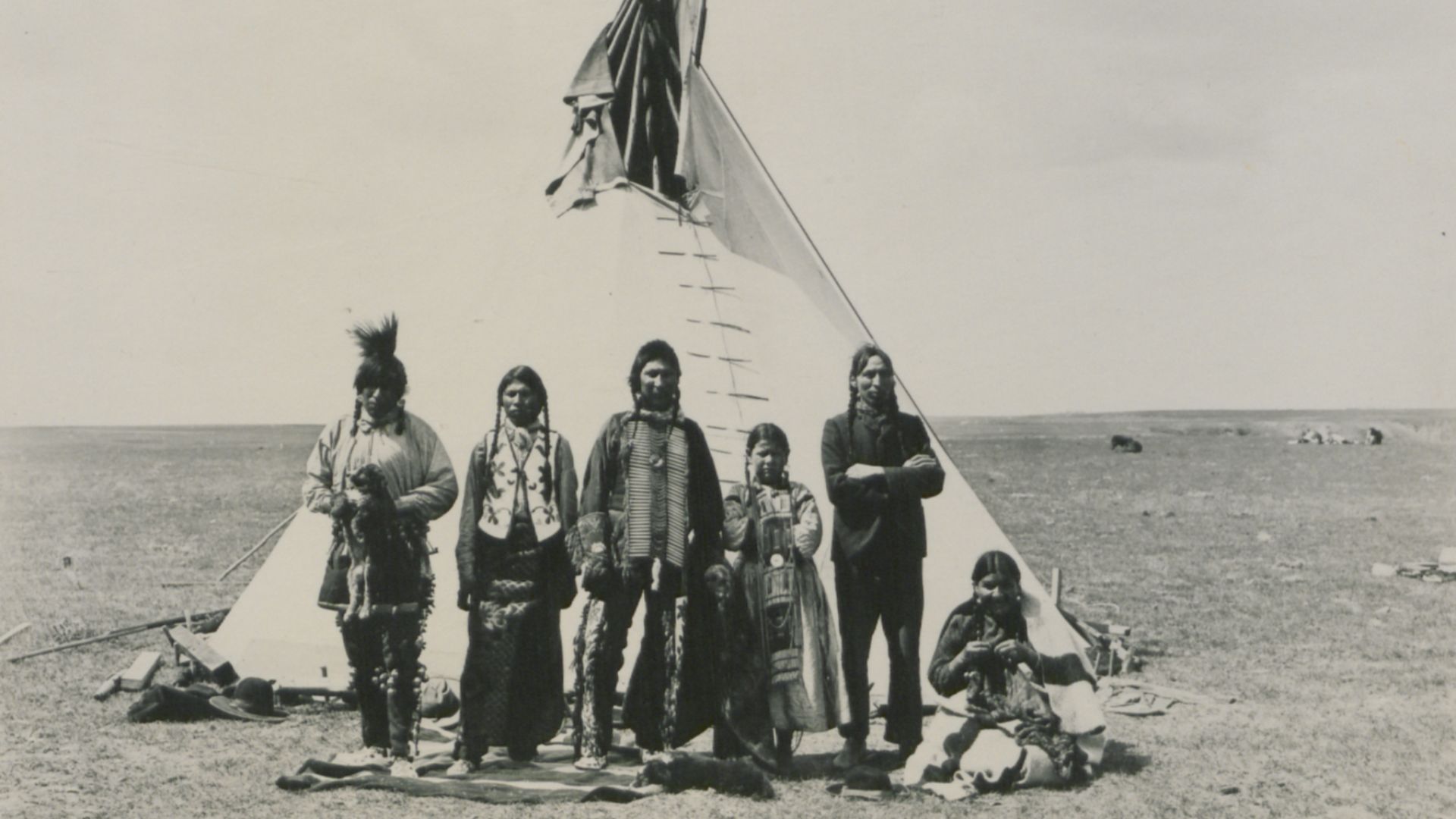 A. W. Gelston, Wikimedia Commons
A. W. Gelston, Wikimedia Commons
Âsowanânihk Council: Guardians Of The Past
The Âsowanânihk Council—comprised of Elders, youth, academics, and Knowledge Keepers—is leading the preservation and interpretation of this treasure.
Threats From The Modern World
Despite its ancient roots, the site faces damage threats from logging, industrial encroachment, and river erosion—spurring calls for conservation.
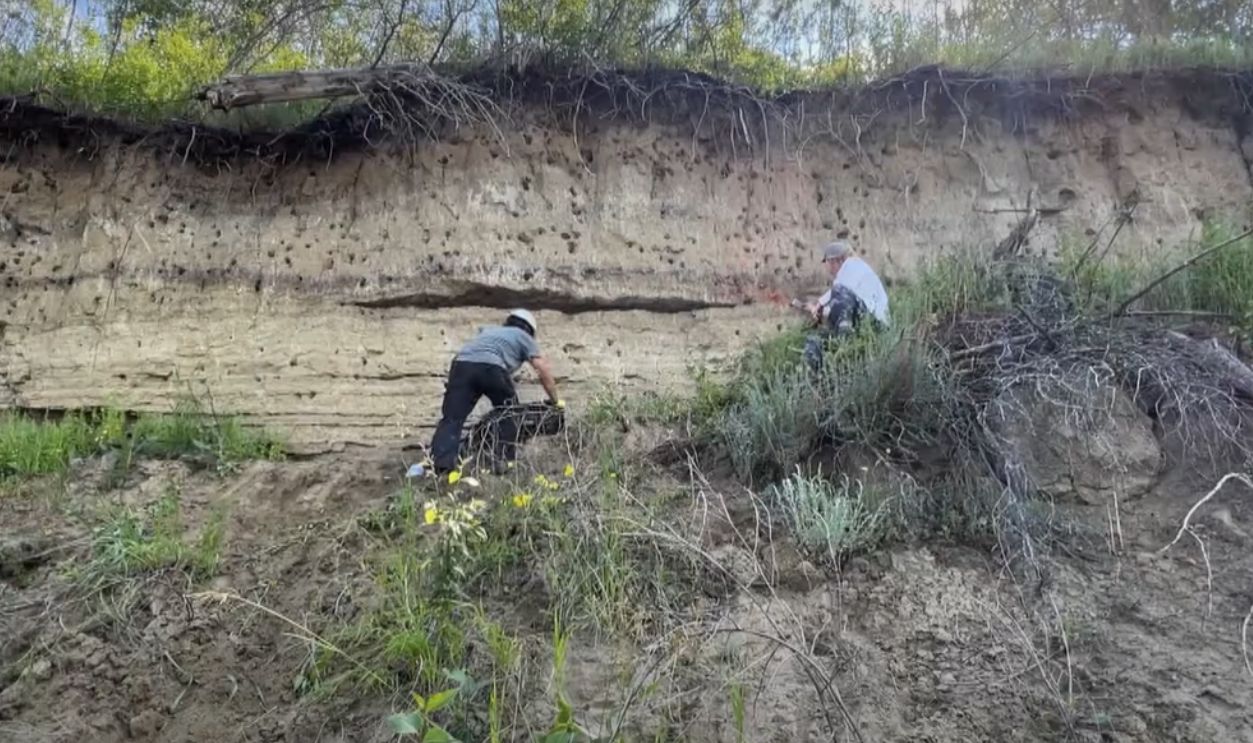 Archaeologists look to determine when people 1st lived in northern Sask., CBC News: The National
Archaeologists look to determine when people 1st lived in northern Sask., CBC News: The National
Vision For A Cultural Interpretive Hub
The Council plans a cultural interpretive center featuring Indigenous youth programs, land-based education, and tourism—revitalizing ancestral wisdom in community spaces.
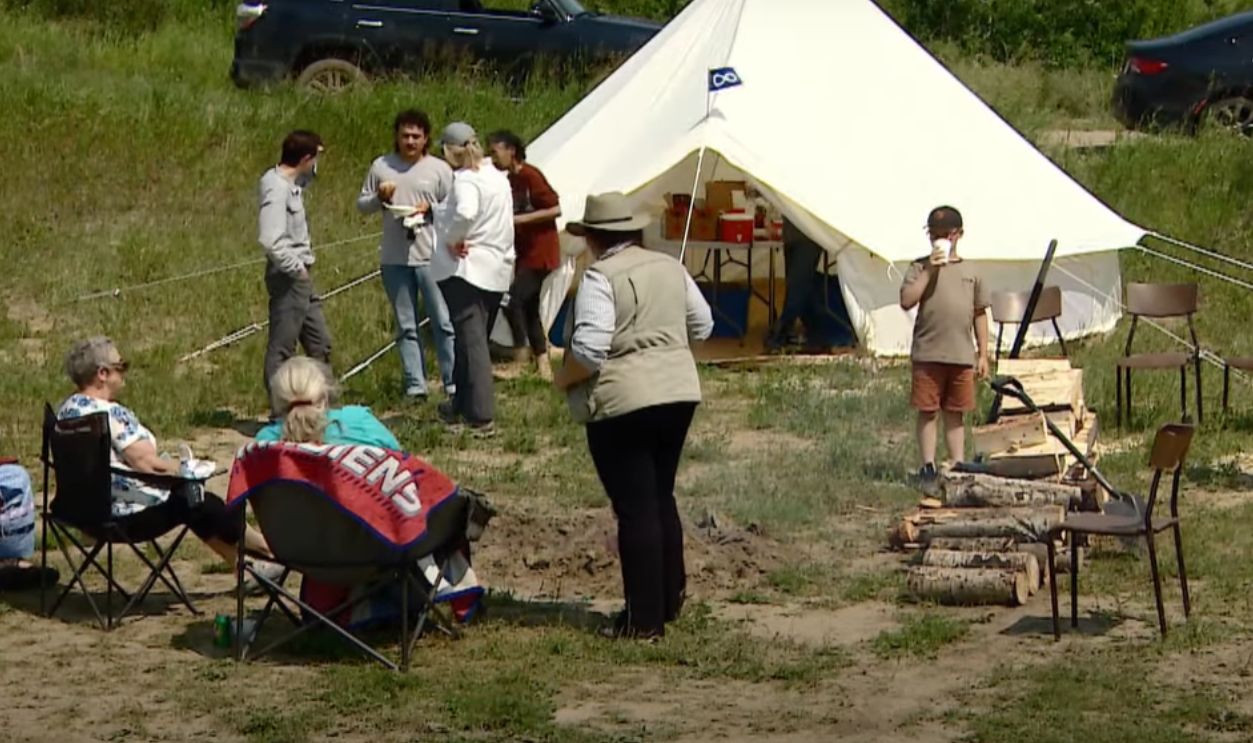 Archaeologists look to determine when people 1st lived in northern Sask., CBC News: The National
Archaeologists look to determine when people 1st lived in northern Sask., CBC News: The National
Funding Archaeology—And Reconciliation
Offers of academic funding are emerging to support site preservation and serve reconciliation goals, connecting histories and futures.
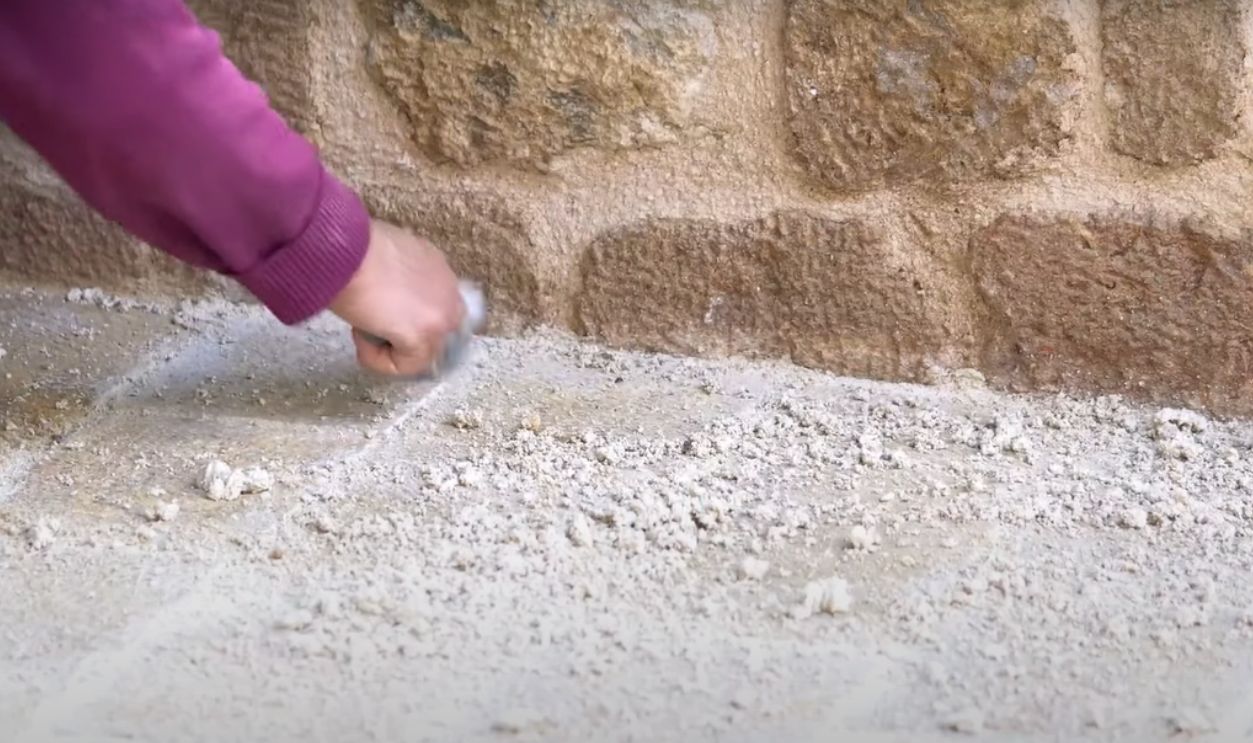 11,000-year-old settlement in Canada rewrites history, SecNewsTV
11,000-year-old settlement in Canada rewrites history, SecNewsTV
Echoes Of Wanuskewin
Saskatchewan already features heritage parks like Wanuskewin—protecting ~6,000 years of Plains Indigenous history. Âsowanânihk could mirror or augment this legacy.
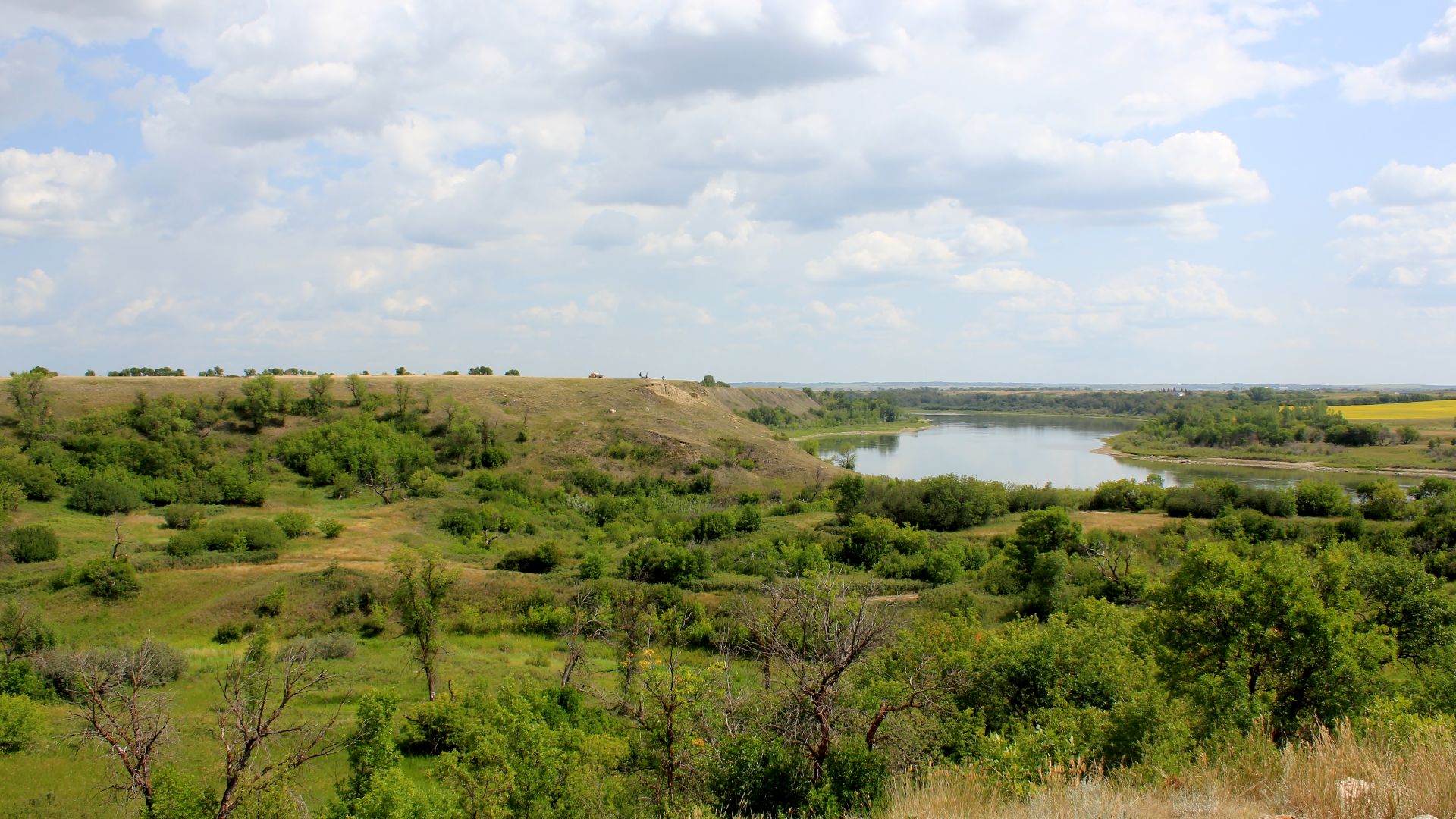 Jeffery J. Nichols, Wikimedia Commons
Jeffery J. Nichols, Wikimedia Commons
Beyond Wettlaufer: A New Archaeological Legacy
The work of earlier Saskatchewan archaeologists like Boyd Wettlaufer laid important groundwork. This site now ushers in the next chapter in deep time research.
Peering Through The Northern Plains Time Machine
From the Gray Burial site (~3000 BC) to Âsowanânihk (~9000 BC), Saskatchewan showcases human occupation across millennia—connecting dots through space and time.
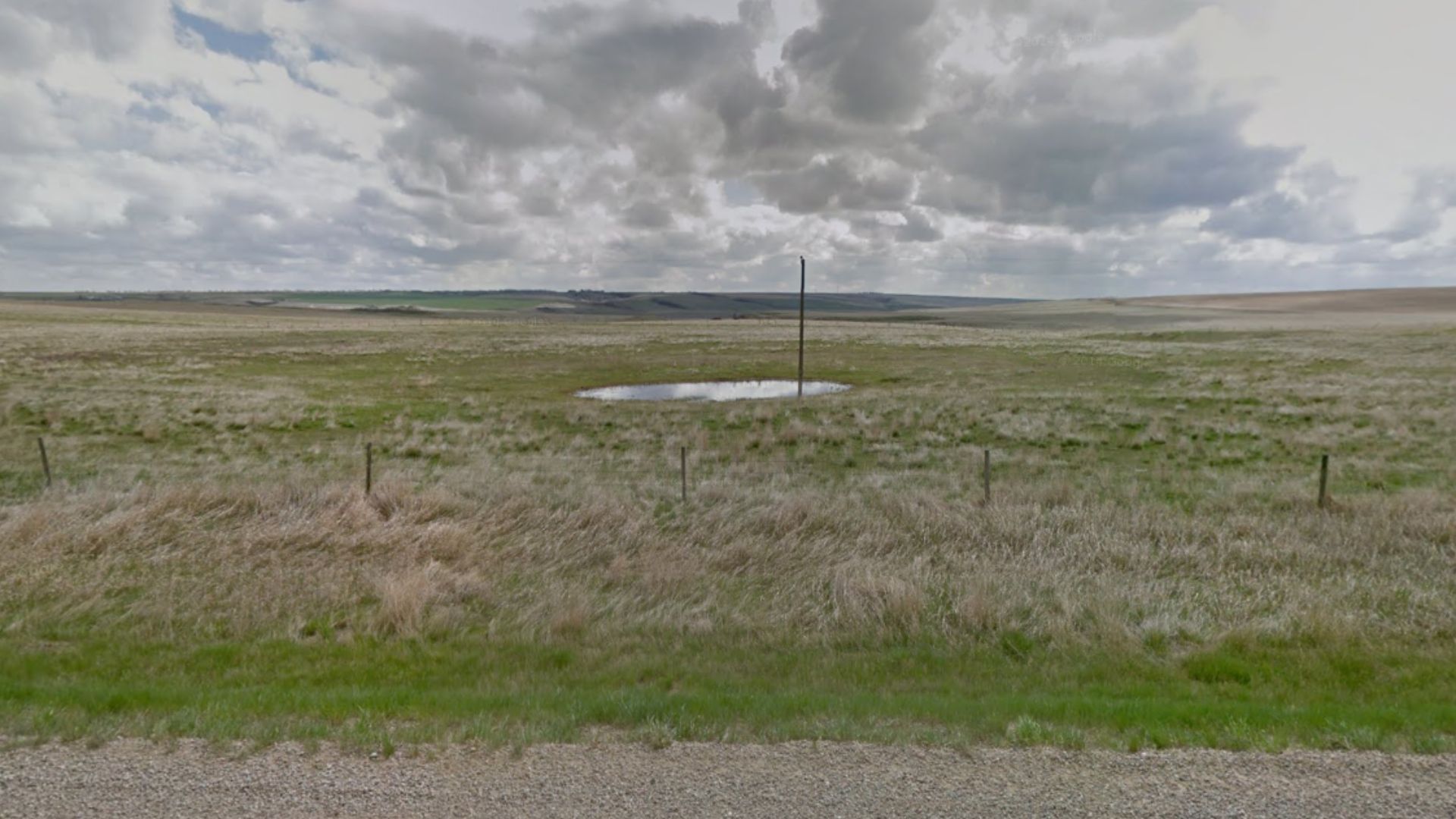 Darryn Fehr, Wikimedia Commons
Darryn Fehr, Wikimedia Commons
Why This Site Matters: Truth, Legacy, And Land
Âsowanânihk is more than bones and charcoal—it’s reconciliation in action, a landscape of pride, revealing Indigenous sophistication long before colonial timelines dared to suggest.
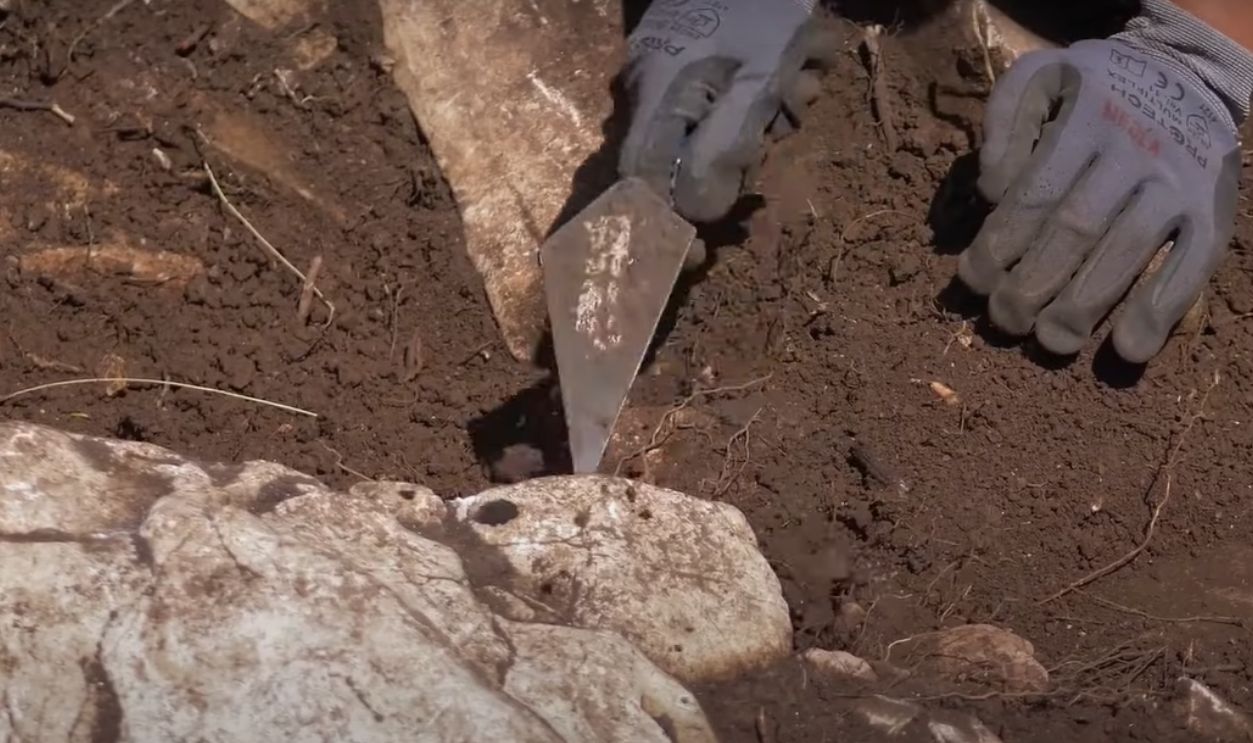 11,000-year-old settlement in Canada rewrites history, SecNewsTV
11,000-year-old settlement in Canada rewrites history, SecNewsTV
You May Also Like:



